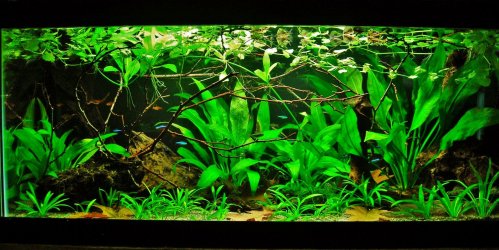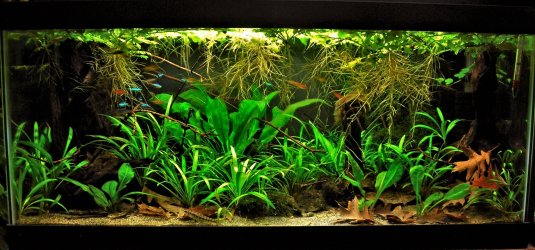When the GH is measured as calcium carbonate (CaCO3) it usually includes thee magnesium as calcium. Calcium is the prime mineral. So we can consider this as the GH. A GH of 102 ppm (equivalent to 5.6 dGH) is soft water. If the actual GH is closer to the higher end of the range they give, say 200 ppm or thereabouts, it is moderately hard (equivalent to 11 dGH). This may not seem like much of a difference, but to fish it is considerable.
If this were facing me, I would want to pin down the GH of the water coming out of my tap to be more certain. Though it is always possible that this could vary, depending upon their water source(s). The fact that they give such a wide range suggests the water may either come from different sources or environmental conditions at the source vary.
Livebearers (the platy and guppy mentioned) must have sufficient mineral in their water for their physiology to be able to function properly without additional stress to the fish. A GH of 10 dGH (179 ppm) is minimum, so I would not consider livebearers here as the GH wold seem to be lower than this most of the time, or perhaps all the time, again depending upon the reason for this range.
The cories, pleco, otos and gourami would be OK from the water parameter aspect if the GH remains in the low and average range. Boraras species being wild caught and such small fish are consequently more sensitive and need very soft to soft water, so the GH should be at the lower end of the given range permanently. The dwarf cichlid (Apistogramma cacatuoides) depends upon the source; wild caught fish need very soft and acidic water, but tank raised fish which will likely be the case will be fine if the GH is in thee low to mid range here.
Aside from parameters now...I would not combine cichlids and gourami. And of the two species mentioned, the cichlids would probably be better. The Pearl Gourami is a fairly peaceful gourami, but their colouration is almost always les brilliant when they are not in a small group of male/female (two males to three females, or three males to four or five females for example), and I would want a larger and deeper tank for this species.
With the dwarf cichlids, upper-level fish are always advisable to settle the cichlids; dither fish is the term often used. So I would look at possible species that will remain closer to the surface...hatchetfish and some (but not all) of the pencilfish are often housed with dwarf cichlids. Something else to keep in mind...if you intend spawning of the cichlids and raising fry, the cories will probably make this impossible, as they are nocturnal (when the cichlids are not) and the eggs or shoal of fry are very vulnerable to predation.
Otos and bristlenose both need algae, or algae-based foods once they are acclimated to accepting prepared foods (which can be tricky for otos if no algae is initially present).




